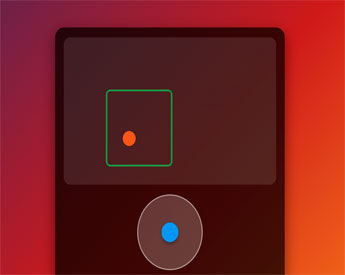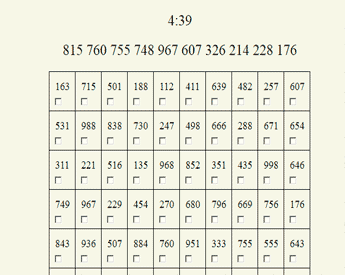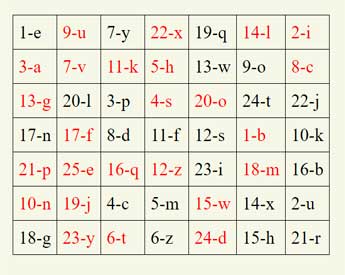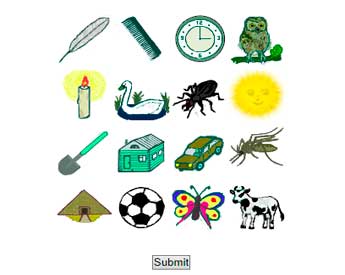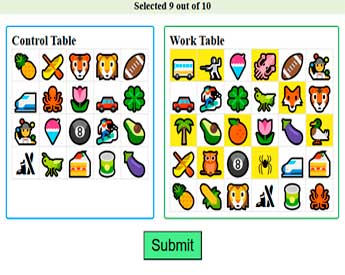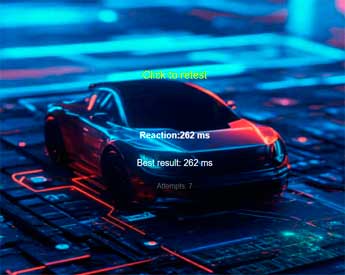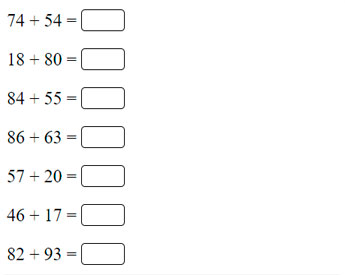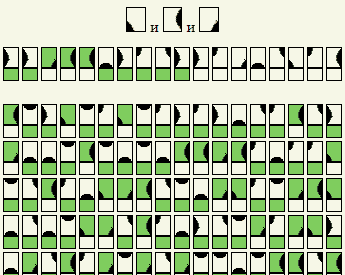|
METODORF.COM
Interactive Portal-Book of Self-Development Methods
|
Tangled Lines Test - Online Version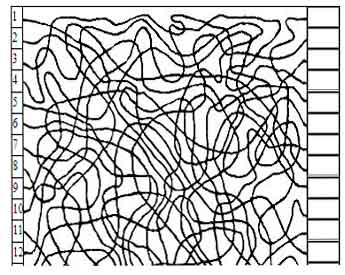 Description of the Tangled Lines Test: The Tangled Lines test, first proposed by A. Rey and modified by complication by K. Platonov, is a blank with several intertwining straight lines starting on the right side and ending on the left side of the sheet. In this case, the order of arrangement of the beginnings of straight lines on the left side does not coincide with the order of arrangement of the ends of lines on the right side. The subject's task is to number the lines on the right side of the sheet in accordance with their serial number on the left side of the sheet, that is, mentally following the line, the subject needs to determine where this line ends and what serial number it has, this number should be written on the right side of the sheet next to with the end of the corresponding line. At the same time, it is important to do this precisely mentally - with a glance, without helping yourself with a finger or pencil. Perform such an operation one by one with each line within the allotted time - usually 5 - 7 minutes. Note that wherever the lines touch, they cross each other. Tangled Lines for Adults (Image Width 320) Tangled Lines for Adults (Image Width 400). Tangled Lines for Adults (Image Width 480). Interpretation of the Tangled Lines results: Rhys variant as modified by Platonov offers the following interpretation of the test:
In this case, the test execution is normal - 7 minutes There is also a formula for estimating the concentration coefficient: Q = ((a - b) * t) / a , where a is the number of lines, in this case there are 25, b is the number of errors and unnumbered lines, t - test execution time. And the formula for estimating concentration deficit D = t - Q , which, ideally, should be zero. Ray's variation - 10-line test for children 11 to 17 offers the following interpretation of the tests based on the number of errors and the time spent on the test.
Also, Ray's variation of the Tangled Lines method offers a percentile interpretation, but no precise data was found on the use of a percentile table. © Oleg Akvan metodorf.com Comment block No one has left comments here yet, be the first! Leave a comment:
Advertisement:
|
© 2014 - 2026 Oleg Akvan metodorf.com
All rights reserved!
All rights reserved!
